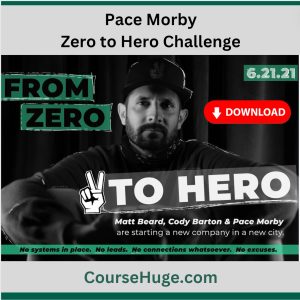Original price was: $497.00.$29.00Current price is: $29.00.
Trading Courses
Original price was: $352.00.$19.00Current price is: $19.00.
Personal Development
Original price was: $497.00.$45.00Current price is: $45.00.
Uncategorized
Original price was: $597.00.$51.00Current price is: $51.00.
Real Estate
Original price was: $3,997.00.$19.00Current price is: $19.00.
NLP & Hypnosis
Original price was: $497.00.$49.00Current price is: $49.00.
Business & Finance
Original price was: $997.00.$24.00Current price is: $24.00.
Real Estate
Original price was: $1,997.00.$85.00Current price is: $85.00.
Trading Courses
Original price was: $997.00.$45.00Current price is: $45.00.
Personal Development
Original price was: $3,495.00.$77.00Current price is: $77.00.
Personal Development
Original price was: $397.00.$33.00Current price is: $33.00.
Best 100 Collection
$125.00
Best 100 Collection
Original price was: $10,000.00.$197.00Current price is: $197.00.
Trading Courses
Original price was: $2,120.00.$22.00Current price is: $22.00.
Trading Courses
Original price was: $4,976.00.$45.00Current price is: $45.00.
Real Estate
Original price was: $497.00.$29.00Current price is: $29.00.
Real Estate
Original price was: $997.00.$65.00Current price is: $65.00.
Seduction & Love
Original price was: $978.00.$97.00Current price is: $97.00.














![[Bundle] Top 19 Brendon Burchard Courses](https://coursehuge.com/wp-content/uploads/2023/09/Bundle-Top-19-Brendon-Burchard-Courses-300x300.jpg)
![[Bundle] Best 14 Dan Sheridan Courses](https://coursehuge.com/wp-content/uploads/2023/09/Bundle-Best-14-Dan-Sheridan-Courses-300x300.jpg)




